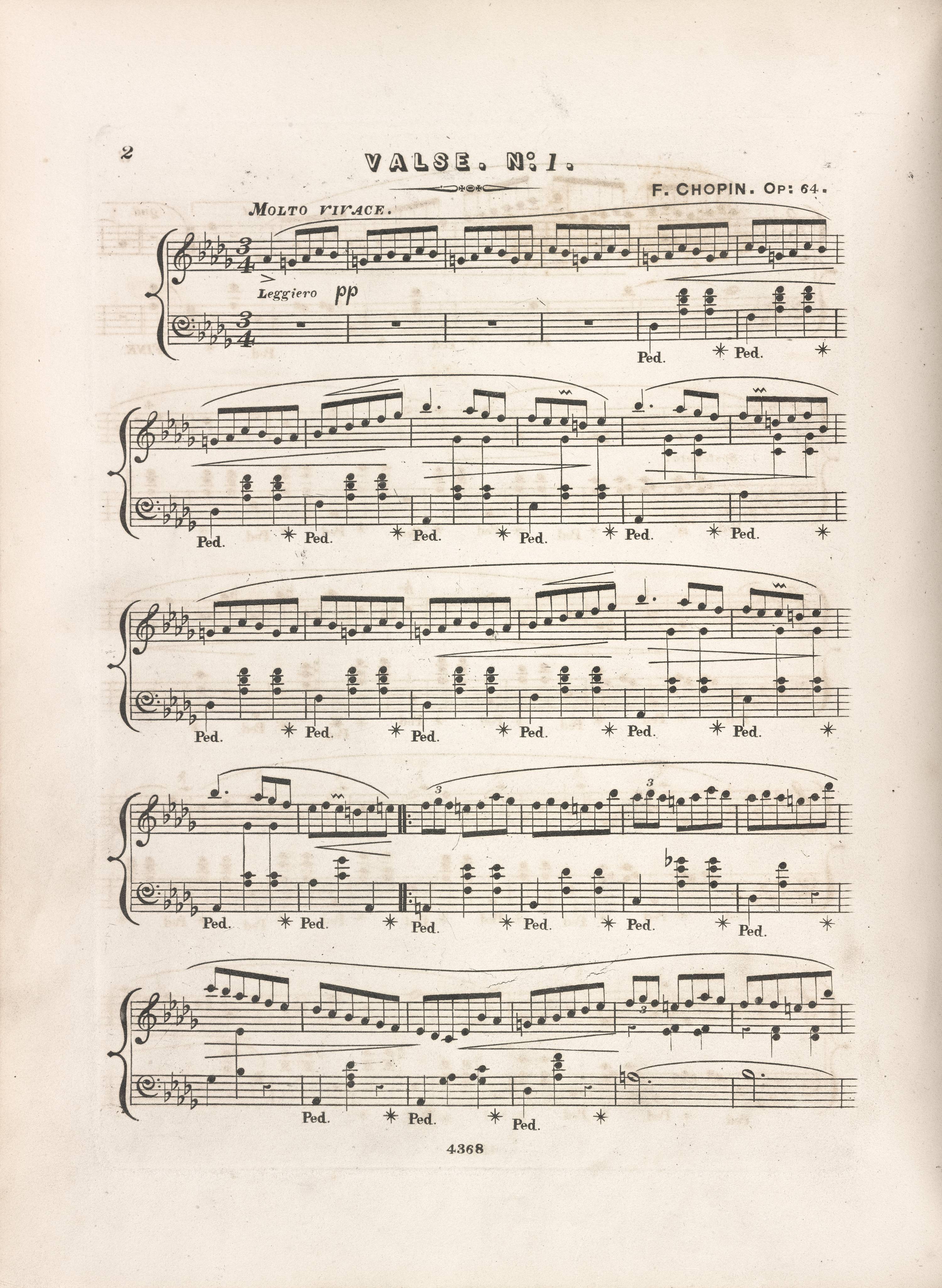



The earlier autographs prove Chopin's ongoing quest concerning the smartest and most suggestive formula for the idea of a thread unfolding from a spinning ball. The idea – according to the testimony of Wilhelm von Lenz* – was suggested to the pupils by Chopin himself, using the words "it should be unfolding as [a thread] from a ball". Only in the final version, the melody, both in bars 5-7 and 13-15, has a homogeneous, smoothly "unfolding" form, without less or more evident sustentions (as it is in As and AI) or references to the initial phase of creation of an ostinato, spinning figure (as it is in AII and AIII).
* W. von Lenz, Uebersichtliche Beurtheilung der Pianoforte-Kompositionen von Chopin [...], "Neue Berliner Musikzeitung" 18 IX 1872.
Compare the passage in the sources »
category imprint: Differences between sources; Corrections & alterations
issues: Chopin's hesitations, Main-line changes
notation: Pitch




